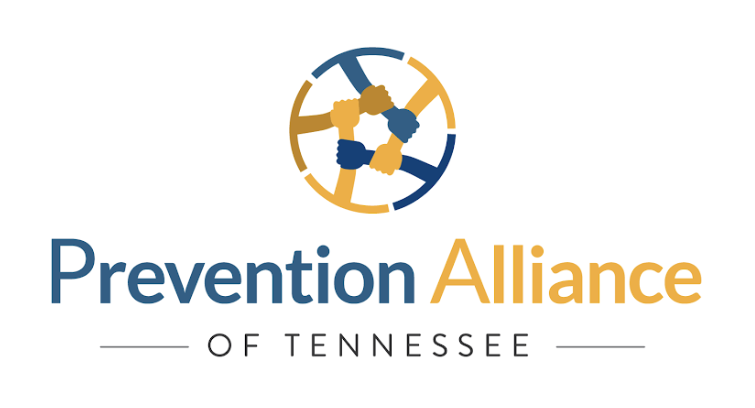White Paper Summary: Intractable Pain Treatment Act
White Paper Summary on
INTRACTABLE PAIN TREATMENT ACT
The Intractable Pain Treatment Act (ITPA) was established May 21, 2001.1 The legislation includes the “Pain Patient’s Bill of Rights” outlining guarantees for patients suffering severe chronic intractable pain. Reasons cited for this legislation included removing the fear of physicians in prescribing opiate medication for their patients who suffered severe chronic intractable pain. The safety of opiate medication was noted within the legislation. The legislation gave patients a great amount of responsibility to choose opiate medications as a first line of treatment even though other modalities of pain relief exist. Physicians are required by the legislation to either provide requested opiate medication or refer to physicians who will. Since the passage of the legislation, Tennessee has experienced multiple negative consequences.
Tennessee ranks 2nd in the U.S. for the rate of opioid pain relievers sold per 10,000 persons (26 lbs./10,000 persons) 2
Prescription opioids rank as the #1 abused drug among individuals receiving state-funded treatment services in 2012 3
Number of treatment admissions resulting from opiate abuse jumped from 5.5 percent to 28 percent from 2000-2010, compared to 1.5 percent to 8 percent elsewhere in the United States
Increases in Opiate Use
According to 2010 data comparing people in state-funded treatment programs across the United States, Tennesseans were more than three times more likely to identify prescription opioids as their primary substance of abuse than the national average. 4
1 Herron, Senator Roy and Representative Mark Maddox. (2001, June 21). Intractable Pain Treatment Act. Public Acts, 2001, Chapter 327 Audio Recording of the General Welfare, Health and Human Resources Senate Committee. Nashville, TN, USA: LexisNexis.
2 Paulozzi, M. C., Leonard J. (2011, November 1). Vital Signs: Overdoses of Prescription Opioid Pain Relievers . Centers for Disease Control and Prevention Morbidity and Mortality Weekly Report, p. 4.
3 Varney, Commissioner, E. Douglas. (2012). Governors Public Safety Forum, Governors Public Safety Action Plan with a Concentration on: Prescription Drug Abuse. Nashville: Tennessee Department of Mental Health and Substance Abuse Services Research Team.
4 Tennnessee Department of Health. (2012, May 9). Controlled Substance Monitoring Database (CSMD) and Prescription Safety Act Frequently Asked Questions. Retrieved November 3, 2014, from Tennessee Department of Health Controlled Substance Monitoring Database Program: http://health.state.tn.us/boards/Controlledsubstance/faq.shtml


